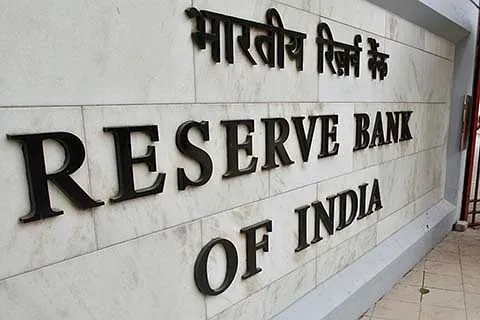The Reserve Bank of India (RBI) left key interest rates unchanged on Friday but signalled more easing ahead to support an economy that it sees contracting 9.5 per cent in the current fiscal.
The six-member Monetary Policy Committee, with three newly inducted external members, voted unanimously to retain the benchmark repurchase or repo rate at 4 per cent while keeping its policy stance accommodative, implying it could ease again.
The central bank had slashed the repo rate by 115 basis points since late March before hitting a pause button in August. To bring down borrowing cost, RBI announced a number of unconventional steps, including doubling of the size of open-market bond purchases to Rs 20,000 crore, offer to buy state debt, and easing a corporate cash crunch through a Rs 1 lakh crore of targeted long-term funds available on tap.
Besides supporting economic activity, the measures are aimed at ensuring the government’s record borrowing programme goes through smoothly.
RBI Governor Shaktikanta Das said the economic growth, which slumped to a negative 23.9 per cent in the April-June quarter, will turn positive only in the final January-March quarter.
“By all indications, the deep contractions of Q1 2020-21 (April-June) are behind us; silver linings are visible in the flattening of the active caseload curve across the country,” he said.
In a bid to provide easy liquidity conditions, RBI announced Open Market Operations (OMO) worth Rs 20,000 crore, which will be used for buying Government of India securities.
OMO will also be extended to state development loans. This will ease the state’s borrowing programmes amid lower collection of GST.
RBI also announced on tap TLTRO (Targeted Long Term Repo Operations) with tenors of up to three years for a total amount of up to Rs 1 lakh crore at a floating rate linked to the policy repo rate. The scheme will be available up to March 31, 2021.
Liquidity availed by banks under the scheme has to be deployed in corporate bonds, commercial papers, and non-convertible debentures issued by entities in specific sectors.
In order to facilitate higher credit flow to the retail and SME segments, RBI has decided to increase the definition of ‘Regulatory Retail’ threshold from Rs 5 crore to Rs 7.5 crore in respect of all fresh as well as incremental exposures. This may incentivise banks to lend to this sector more as the new definition has increased the target segment.
RBI also rationalised risk weightage on home loans. All new housing loan risk will be linked only to the loan to value ratio. The lower the ratio, the lower the risks and borrowers will get the interest rate benefits from institutions. For exporters hit by the pandemic, RBI discontinued the system-based automatic caution-listing to allow them to realise export proceeds.






